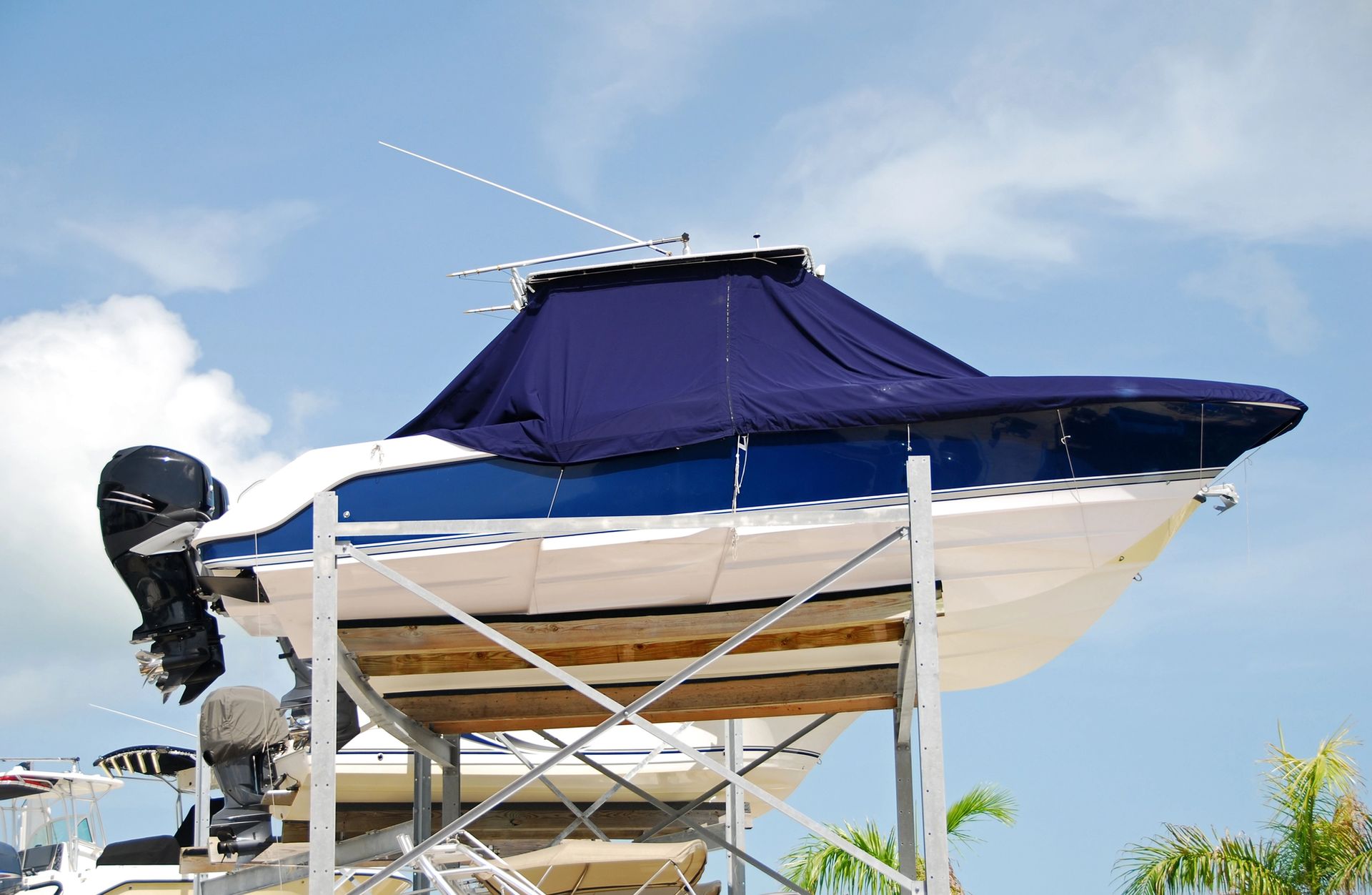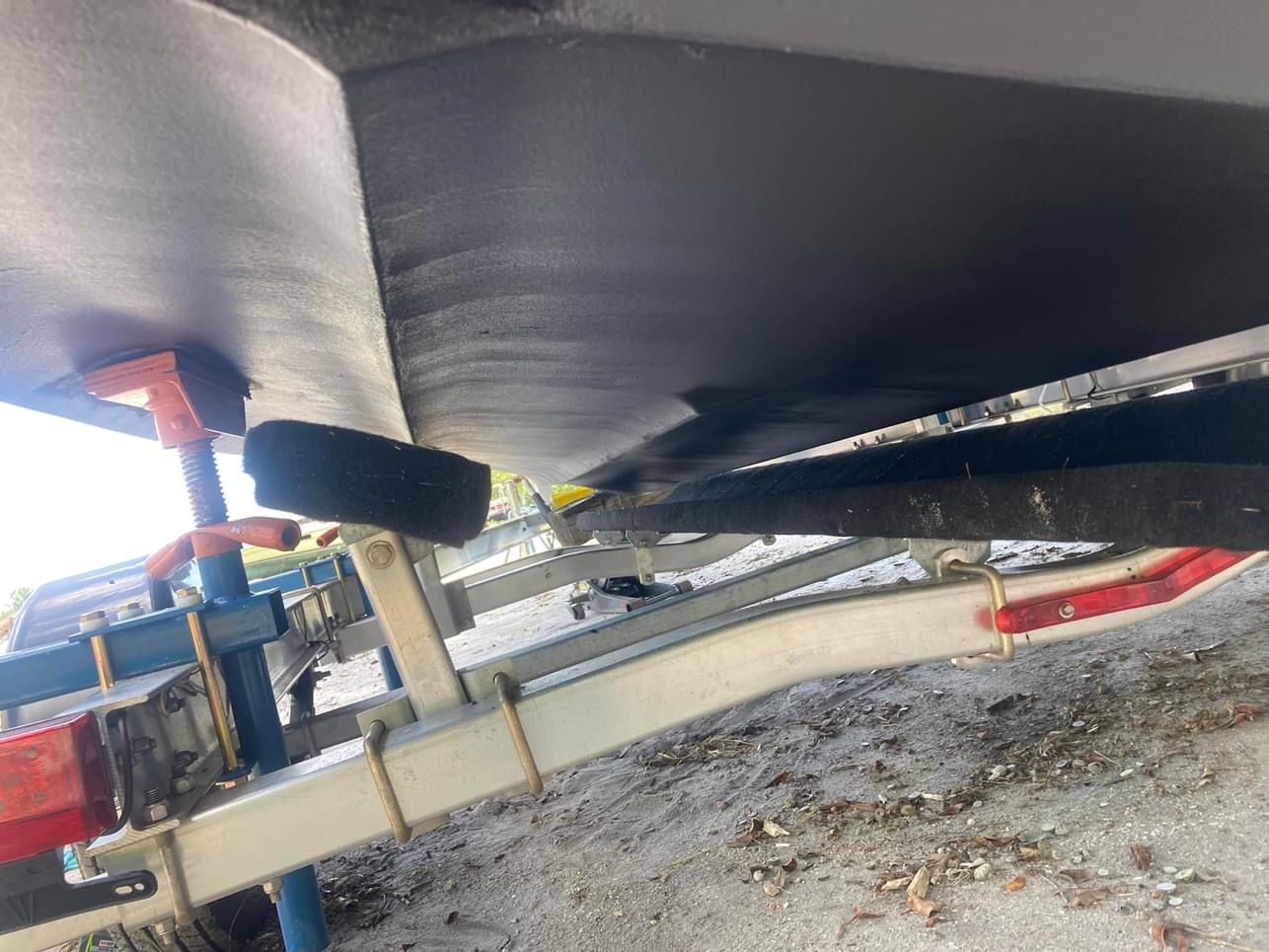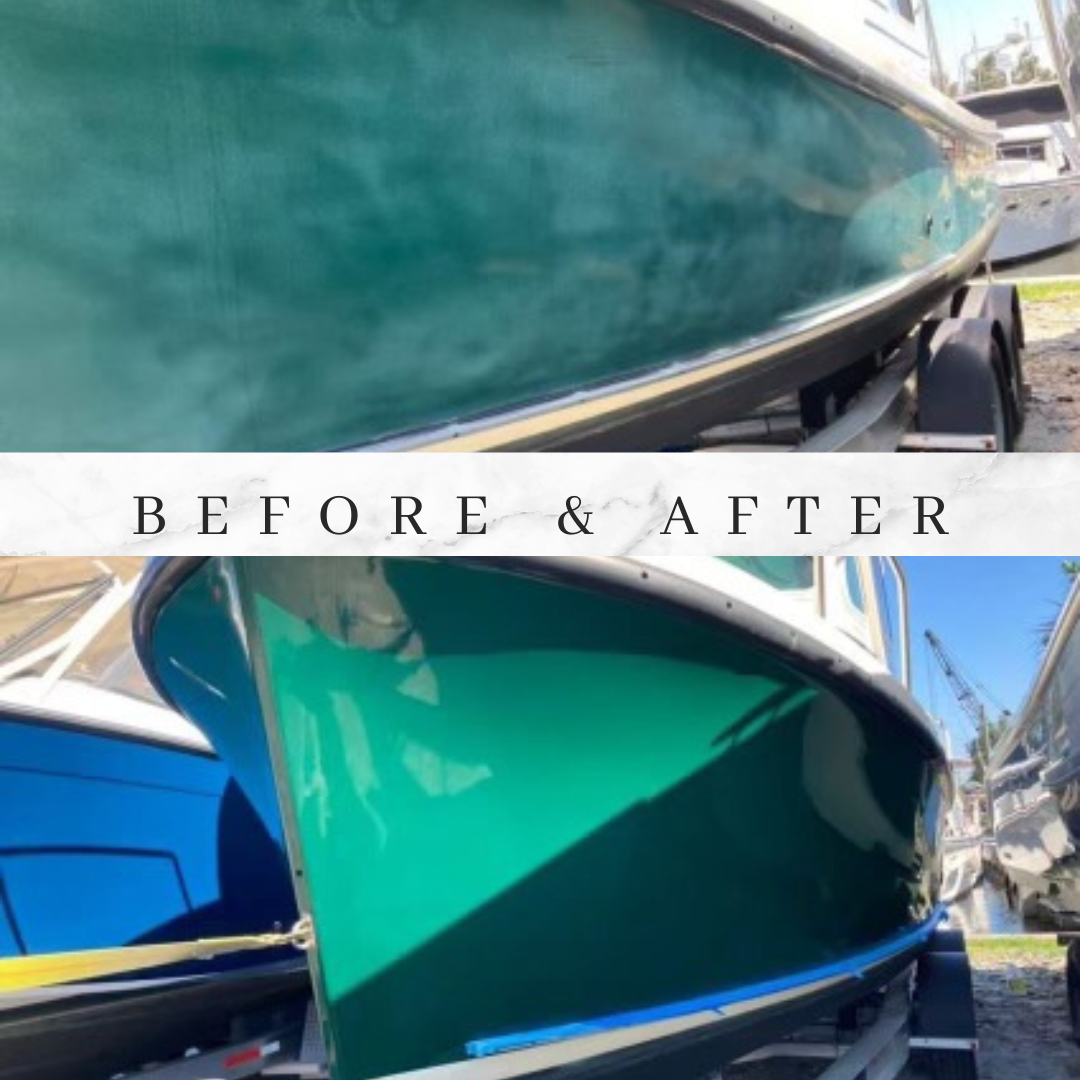Palm City, FL 34990 | americanhazards@gmail.com
Call Us Today: (772) 403-3871
Palm City, FL 34990 | americanhazards@gmail.com
Call Us Today: (772) 403-3871
Signs Your Boat Needs Gel Coat Repair (And When to Act Fast)
Spotting signs of boat gel coat damage early can save you time and money. Contact A.H. Marine for gel coat repairs today!
Fiberglass boats are built to handle the elements, but even with regular maintenance, their gelcoat surface can develop imperfections. This protective outer layer shields the fiberglass beneath, but exposure to impact, stress, and environmental conditions can cause scratches, cracks, and other forms of damage.
While some surface blemishes are minor and easily polished away, deeper damage requires prompt attention to prevent moisture from penetrating the laminate. Knowing the right time to address gel coat repairs can save you from costly fixes down the road and keep your boat looking as good as new.
Understanding the Gel Coat
Gelcoat is the outermost layer of a fiberglass boat, applied first inside the mold before layers of fiberglass mat and resin are added to form the hull and deck. Typically, 0.5 to 1 mm thick, it creates a smooth and protective barrier against water exposure.
A gelcoat doesn’t fully cure when exposed to air, but because it is applied inside a mold and then covered with fiberglass, it forms a durable, watertight surface once the boat is removed from the mold.
However, over time, stress, impacts, and environmental exposure can compromise this layer, leading to visible damage.
Types of Gel Coat Damage
Scratches
Scratches are shallow marks left behind when the surface encounters abrasive materials. While they may not pose an immediate structural risk, they can dull the boat’s appearance and should be polished out or repaired as needed.
Cracks
Stress or impact can cause fine fractures in the gelcoat. These cracks may appear small at first but can grow, potentially allowing moisture to penetrate and weaken the fiberglass beneath.
Gouges
A gouge is a deeper indentation caused by a strong impact or collision. Unlike minor scratches, gouges expose more of the gelcoat’s layers, sometimes even revealing the fiberglass structure.
If you see exposed fiberglass, prompt repair is essential to prevent water intrusion.
Blistering
Blisters are raised bubbles that form beneath the gelcoat, usually caused by moisture seeping into the laminate. Left untreated, blistering can lead to larger issues, including structural weakening.
If a deep crack, gouge, or large exposed area appears on your boat, arrange for gel coat repairs as soon as possible to avoid more extensive damage.
Steps for Professional Gel Coat Repair
- Prepare the Surface – First, experts remove any loose gelcoat or damaged material using sandpaper or a grinder. They also clean the area with acetone to eliminate dust, dirt, and contaminants.
- Sanding – Fine-grit sandpaper is used to smooth rough edges around the damaged area. This step enhances adhesion when applying a new gel coat.
- Apply Filler for Deep Damage – If there are deep scratches or gouges, a filler is used to level the surface before applying gel coat.
- Mix Gelcoat Resin and Catalyst – The correct ratio of gelcoat resin and catalyst is mixed in a mixing cup.
- Apply Gel Coat Evenly – Using a brush or spray gun, experts apply a uniform layer over the repair site, ensuring complete coverage.
- Sand to Smoothness – Progressively finer sandpaper is used to blend the repaired area with the surrounding surface.
- Polish and Wax – We finish with rubbing compound and boat wax to restore shine and protect the newly repaired gelcoat.
Don’t Let Gel Coat Damage Hold You Back—Repair It Today
Gel coat damage is easier to fix when caught early. At A.H. Marine, we offer expert gel coat repairs, bottom painting, and detailing services to ensure your boat stays in peak condition. Reach out for a quote today!
Blog
Address:
7058 SW Wedelia Terrace, Palm City, FL 34990
By Appointment Only
Phone:



